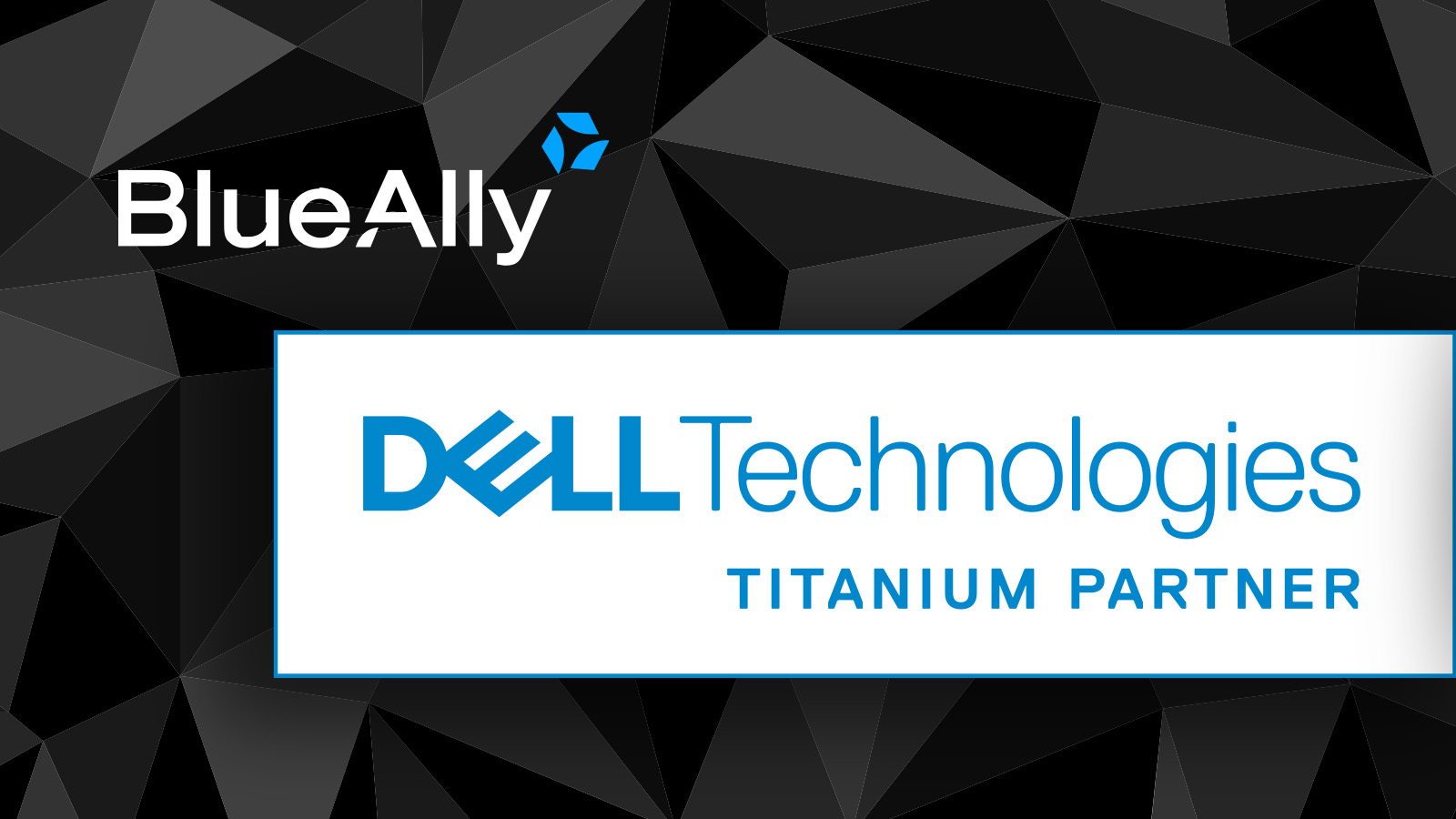 FEATURED
FEATUREDPETER WELCHER | Solutions Architect
This blog post is part of a series discussing Cisco IoT, with this post focusing on Cisco IoT networking hardware.
I’m excited by the networking and security opportunities in IoT, and all that Cisco supports. For more about that, see the first blog in the series (link below).
Why IoT? First, it is an expanding area of networking, with increasing use cases. Secondly, it is impacting current organizations, especially healthcare and retailing, but touching anything where new forms of sensor may provide valuable security or cost-saving benefits, or enable new capabilities (better inventory, better products, etc.).
Blog Series Plan
Part 1: Background and Overview of Cisco IOT
- Introduction
- Perspective: What Skills Are Needed? Who Are the IOT Customers?
- Industrial Edge Computing
- Link: Part 1 Blog Article
Part 2: Cisco IOT Hardware (THIS BLOG)
- Industrial Routers
- Industrial Switches
- Industrial Wireless
Part 3: Other IOT Essentials
- Industrial Security
- Industry Use Cases
Part 4: Finishing IOT Touches
- Meraki IOT
- IOT Skillsets
- More IOT Links
Part 5: The IOT Competition
- Juniper
- Aruba
- Arista
Cisco’s Industrial Routers
One key point Cisco makes deserves our attention: “The heart of your business is the edge! It is everywhere.”
There’s high-level evidence of this – here are edge places where IoT is used:
- Manufacturing
- Vehicles and Fleets
- Oil and Gas Pipelines (and I imagine wind turbines now)
- Roads and Intersections
- Kiosks and Vending Machines (“fill me!”)
- Distribution/Secondary Substations in a power grid
- Etc.
Cisco is pushing the idea of retiring legacy IOT and uniting the edge, onto a single network (with segmentation, of course).
This potentially reduces the complexity of multiple task-specific and fragile networks, reduces costs for duplicative and/or proprietary IOT network devices, makes better use of resources/staffing, and opens the door to newer processes and technologies. AKA: automation!
So, Cisco has:
- Rugged routers for harsh environments!
- That can now also do SD-WAN!
- Managed by DNA-C (now Cisco Catalyst Center or CCC) — if you wish
- Support for specialized modules to bring proprietary/older technologies into the network
The form factors are different. It’s all about fitting into small enclosures, the environmental specs (e.g. won’t die under low temperatures, etc.), and how you power them (no handy outlet).
Key aspects of the rugged hardware:
- Size, weight form factor
- Shock and vibration-tolerant
- High MTBF and resilient network topologies
- DIN-rail or rack mount
- Fanless
- Industry certifications
- Supports a variety of industry timing protocols
- Some of the industrial router models include switched LAN interfaces. And a pluggable module for 5G cellular.
See also: https://www.cisco.com/site/us/en/products/networking/industrial-routers-gateways/index.html
This has been pretty much unique to Cisco (and specialized vendors) until recently.
Juniper now also has some specialized router models (form factors, environment hardening) for “Cloud Metro” use. My overall impression is they’re not anywhere near as deep into the whole industrial (etc.) side of IoT, at least not yet.
You should also note that the software features supported on the IOT routers may be a bit different – don’t assume your favorite features are available, although many are! (I’d say “most” but I don’t really want to build and verify a features checklist to back that up.)
Some examples of add-on modules:
- IR8340 NIM module: 2 copper 1 Gbps, 2 SFP/Copper 1 Gbps, LAN/WAN modes
- IR8340 NIM module: 4 x 26 pin serial ports, V.35, X.21, V.11, RS-449, RS-530/530A, RS-422
- IRM-1100-SPMI adds 2 LTE’s, 2 SFP’s, mSATA local storage, and GPIOs.
- IRM-1100-4A2T adds 2 RJ45 GigE and 4 Async serial RS232/485.
For additional information and details, see: https://blogs.cisco.com/tag/cisco-industrial-routers-and-gateways
Cisco’s Industrial Switches
The industrial switches are also environmentally hardened and provide some alternative form factors.
My suggestion is to start by looking at the form factors (pictures and details).
See also: https://www.cisco.com/site/us/en/products/networking/industrial-switches/index.html
If designing, you need to factor in feature sets – the older or smaller switches generally provide a smaller feature set, consistent with simple management and keeping switch costs down where you might need large numbers of them. Some of the switches are fixed port L2 switches, the bigger ones are modular L3 switches.
Note there are also some IOT stackable switches, which support some networking options unique to industrial environments. They are certified in accord with various industrial certifications, hardened per various standards:
- Harsh temperature range
- Fanless/convection-cooled/no moving parts
- Shock and vibration standards (rugged)
- Humid/corrosive environments
- Safety standards
- Wide electromagnetic immunity conformance
- Other industrial standards
The switches can be managed by DNA-C (now Cisco Catalyst Center). They support segmented designs.
See also: https://blogs.cisco.com/tag/cisco-industrial-ethernet-switching
Cisco’s Industrial Wireless
For a tour of what Cisco has in the way of Industrial (IOT) Wireless (WiFi), see the following:
https://www.cisco.com/c/en/us/products/wireless/outdoor-wireless/index.html
Note that industrial wireless, outdoor, remote, battery-powered sensors, etc. require a mix of capabilities. Wireless solves a lot of potential problems around wiring, distances, and cost. Things we take for granted in office spaces!
As a concrete example, scattering sensors around a farm area, e.g. grape vines or a crop field, might require low-cost, low-power sensors with long battery life, and some form of wireless to allow ongoing data collection. E.g. humidity, soil moisture levels, temperature, wind, etc.
That use case is quite different than, e.g., providing Internet access for trains in motion.
Some of the variables at play here: geographic distances, number of endpoints, endpoints battery-powered or not, need for reliability, volume of data. Low latency and zero data loss are needed for remote control of e.g. remote vehicles, and it all needs to be delivered with rugged hardware.
There are several flavors (types) of Industrial Wireless:
- Wi-Fi
- Cisco Ultra-Reliable Wireless Backhaul (URWB)
- Cellular 4G LTE/5G
- LoRaWAN
- Cisco Resilient Mesh
Some of the Cisco Industrial Wireless products:
- Heavy Duty Access Point (Wi-Fi or URWB), also a wireless backhaul model
- Accessories: power injectors, adapters, mounting brackets, antenna portfolio
- Rugged AP and Client (URWB, small, for moving machines and vehicles)
- Edge Compute appliance for URWB
- DNAC, IOT Operations Center
About URWB: It is an overlay emulating a virtual switch running over wireless links. It relays on the 802.11 chipset, aligning with Wi-Fi evolution. It provides connectivity for assets that are moving (tractors, trains, etc.), and supports various network topologies (architectures).
As to the “Reliable” part of URWB: Cisco says it runs MPLS over wireless with latency < 10 msec, does high-speed mobility with zero msec handoff (seamless roaming), and provides ultra-fast failover for carrier-grade availability. Seamless roaming uses a make-before-break approach to handoffs between APs. Ultra-reliability comes from duplicating high-priority packets over up to 8 paths.
Cisco now has a new “Industrial Wireless (IW) Service”, to securely do cloud-based scalable provisioning and management of IW devices, including remote firmware updates. The IW Service supports offline operations for airgap networks, and device groupings for shared settings. The Monitor component supports on-prem diagnosis and analysis, including real-time URWB network monitoring.
See also: https://www.cisco.com/site/us/en/products/networking/industrial-wireless/index.html
As a side note, in discussions, one of my peers indicated that Private 5G Wireless has interesting potential benefits (e.g. reliability). However, products and coverage, as well as support from providers and managed services firms may be a bit scarce or hard to find. It sounded like a chicken and egg problem: complex, so costly to develop, but small market because it isn’t being taken up by the market. A planned future blog will cover some new developments that may be about to change some of the complexities of cellular 5G.
Additional links for more info about Wireless Clients and AP’s:
- https://www.cisco.com/site/us/en/products/networking/industrial-wireless/catalyst-iw9165-rugged-series/index.html
- https://www.cisco.com/site/us/en/products/networking/industrial-wireless/catalyst-iw9167-series/index.html
- https://www.cisco.com/c/en/us/products/wireless/industrial-wireless-6300-series/index.html
- https://www.cisco.com/c/en/us/products/wireless/6300-series-embedded-services-access-points/index.html
- https://www.cisco.com/c/en/us/products/collateral/wireless/industrial-wireless-6300-series/datasheet-c78-742907.html
For additional topics: https://blogs.cisco.com/tag/cisco-industrial-wireless
Conclusion
As in other areas, Cisco has a wide variety of hardware suiting many use cases and customer needs. No surprise!
I hope the above gave you a high-level view of what’s different from non-Industrial non-IOT Cisco hardware.








































